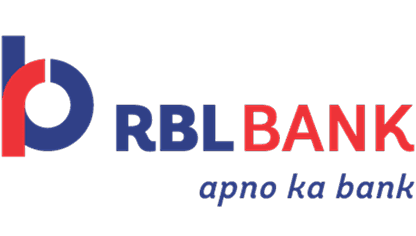Cyclones present a major threat to industrial infrastructure in India’s coastal and adjacent regions. Pre-engineered buildings (PEBs), with their speed and scalability, are often chosen by MSMEs. However, unless these structures are designed and constructed for extreme wind events, they may fail when it matters most. This article outlines the structural safety measures MSMEs should take to ensure their PEBs are cyclone-resilient—covering design principles, materials, connections, anchoring and retrofitting—backed by national guidelines and industry best practices.
Why cyclone resilience matters
India’s east and west coasts, as well as nearby inland districts, face significant cyclone risks every year. Wind speeds regularly exceed 150 km/h, causing roof uplift and structural failure. According to the National Institute of Disaster Management, poor-quality design and construction are the main reasons for cyclone damage. Pre-engineered buildings must therefore be engineered for dynamic loads, not merely standard static ones.
Understanding cyclonic wind forces
Cyclonic winds are turbulent, vortical and often accompanied by storm surge. Indian Standard IS 875-3 defines wind speed zones, using factors that account for terrain, importance, height and probability, with cyclone enhancement factors of up to 1.3. Correct design wind speed (Vz) requires these multipliers. Failure to apply them can understate loads by 15–30 %.
Design principles for cyclone-resistant PEBs
Design is the first line of defence. MSMEs should:
Choose symmetrical planforms (rectangles or polygons) to distribute forces evenly.
Use hipped roofs with a minimum slope of 20°, to minimise uplift.
Ensure aerodynamic edges and rounded corners, which reduce local pressure peaks.
Avoid large overhangs and verandas, or reinforce them heavily.
Material and connection integrity
Cyclone resilience depends equally on materials and fastenings. Key considerations include:
Using high-strength steel frames and components in accordance with IS 2062.
Applying minimum 24-gauge galvanised roofing, with fixings every two corrugations at edges.
Ensuring connections are bolted and welded to structural standards, avoiding weak points.
Reinforcing door and window openings against suction forces with belts or straps.
Anchorage and foundation design
Robust foundations anchor PEBs against lateral and uplift loads. MSMEs should:
Use deep anchor bolts embedded in concrete footings sized per design wind uplift calculations.
Introduce foundation encasement and ground belts to tie walls to slabs and resist wind forces.
Provide cross-bracing or moment connections in portal frames to resist lateral thrust.
Planning and geometry aspects
Optimal building planning enhances resilience:
Position clusters of PEBs to avoid ‘tunnel effect’ wind acceleration.
Maintain adequate clearance from tall trees or structures, reducing the risk of debris impact.
Avoid building on poorly drained or reclaimed land prone to soil saturation and foundation failure.
Retrofitting existing PEBs
Existing structures can be upgraded affordably:
Add cross-bracing at rafters and portals to stiffen frames.
Reinforce roof-to-wall connections using metal straps.
Install ridge ties and collar beams to hold rafters during uplift.
Strengthen door and window surrounds, particularly with retrofit micro-concrete belts.
Site planning and landscaping
Site adjustments can mitigate effects:
Place wind-break trees at least 1.5× their height from buildings.
Elevate buildings in high-surge areas, using earth mounds or stilts.
Ensure adequate drainage to prevent standing water and structural weakening.
Maintenance and inspection protocols
Cyclone-proofing is an ongoing commitment:
Inspect roof fixings and sealants before monsoon season.
Renew coatings and galvanisation every five years, at minimum.
Check bolt torque and bracing tension, adjusting where necessary.
Keep a maintenance log documenting inspections and repairs.
MSME-specific implementation checklist
Conduct wind load analysis under IS 875-3 with cyclonic factors.
Verify structural planforms and roofing slopes.
Confirm anchor bolt design and embedment details.
Ensure roofing material and fasteners meet fixity standards.
Check overhangs, window returns and parapet detailing.
Examine foundation belts and portal bracings.
Review retrofit provisions for upgrading older PEBs.
Confirm drainage and landscaping around the site.
Prepare maintenance and inspection schedules.
Obtain engineering certification prior to handover.
Leveraging PEB advantages in cyclonic zones
PEBs, when properly designed, excel in resilience:
Factory-fab accuracy ensures tight tolerances and strong connections.
Modular assembly allows swift reinforcement or repair post-storm.
Steel frames offer ductile performance under dynamic load, unlike brittle masonry.
Conclusion
Ensuring that a PEB is cyclone-ready is not merely about meeting regulations. It is about resilience, safety and continuity. By following IS norms, investing in sound design, anchorage and tie-downs, and committing to maintenance, MSMEs can safeguard their operations—rather than risk them. With partnerships like JSW One MSME, achieving resilient infrastructure becomes possible and practical.




 +91 7208055523
+91 7208055523
 Help & support
Help & support
